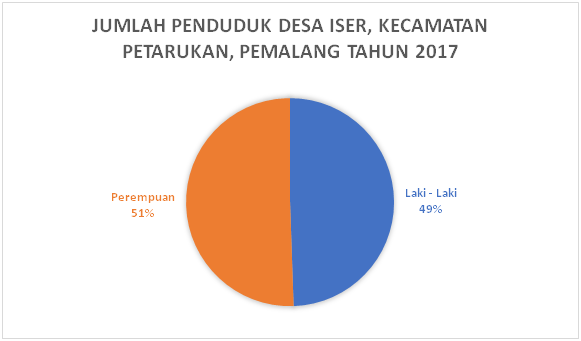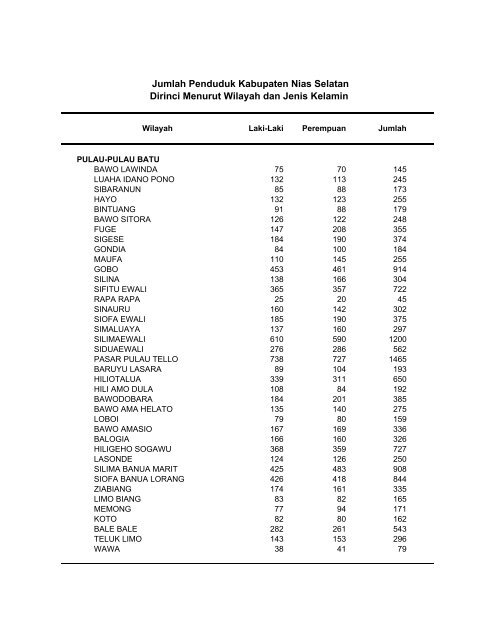

Migration and vulnerability among adolescents in slum areas of Addis Ababa, Ethiopia. S., Mekbib, T.-A., Simie, N., & Gulema, T. Paying back comes first: Why repayment means more than business in rural Senegal. Unattended but Not Undernourished Young Children Left Behind in Rural China. Engendering migrant networks: The case of Mexican migration. The International Migration Review, 27(3), 557-577. Demographic and socioeconomic determinants of female rural to urban migration in sub-Saharan Africa. Gender, Gender Ideology, and Couples’ Migration Decisions. Migration motivation of agriculturally educated rural youth: The case of Russian Siberia. Jurnal Kependudukan Indonesia, 5(1), 41–54. Tinjauan migrasi penduduk desa-kota, urbanisasi dan dampaknya. Diakses dari īandiyono, S., & Indrawardani, K.F. Persentase Penduduk Daerah Perkotaan Menurut Provinsi, 2010-2035. Diakses dari īadan Pusat Statistik (BPS). Garis Kemiskinan Menurut Provinsi, 2013 - 2017. Jakarta: Badan Perencanaan Pembangunan Nasional (Bappenas) dan Badan Pusat Statistik (BPS). Indeks Pembangunan Desa 2014: Tantangan Pemenuhan Standar Pelayanan Minimum Desa.

Yogyakarta: UPP STIM YKPN.īadan Perencanaan dan Pembangunan Nasional (Bappenas), & Badan Pusat Statistik (BPS). International Journal of Social Economics, 39(10), 764-784. Internal migration in Ghana: Determinants and welfare impacts. By employing the binary logistic regression analysis, we found that migration in the population of East Java Province was influenced by age, marital status, education, and characteristics of residence as social factors as well as agricultural land ownership and health insurance ownership as economic factors.Īckah, C., & Medvedev, D. Moreover, the individual economic factors comprise land ownership for agriculture, ownership of health insurance, loan ownership, and poverty status. In this study, the individual social factors consisted of age, sex, education, marital status, family size, and residence characteristics. The panel data used are longitudinal data from the Indonesian Family Life Survey (IFLS)-4 and the IFLS-5. This study aims to analyze the influence of individual socio-economic factors on migration in East Java Province. Individual socio-economic factors are important factors that determine the decision to migrate. Migration is not only limited because of the driving and pulling factors from the area of origin and destination.


 0 kommentar(er)
0 kommentar(er)
